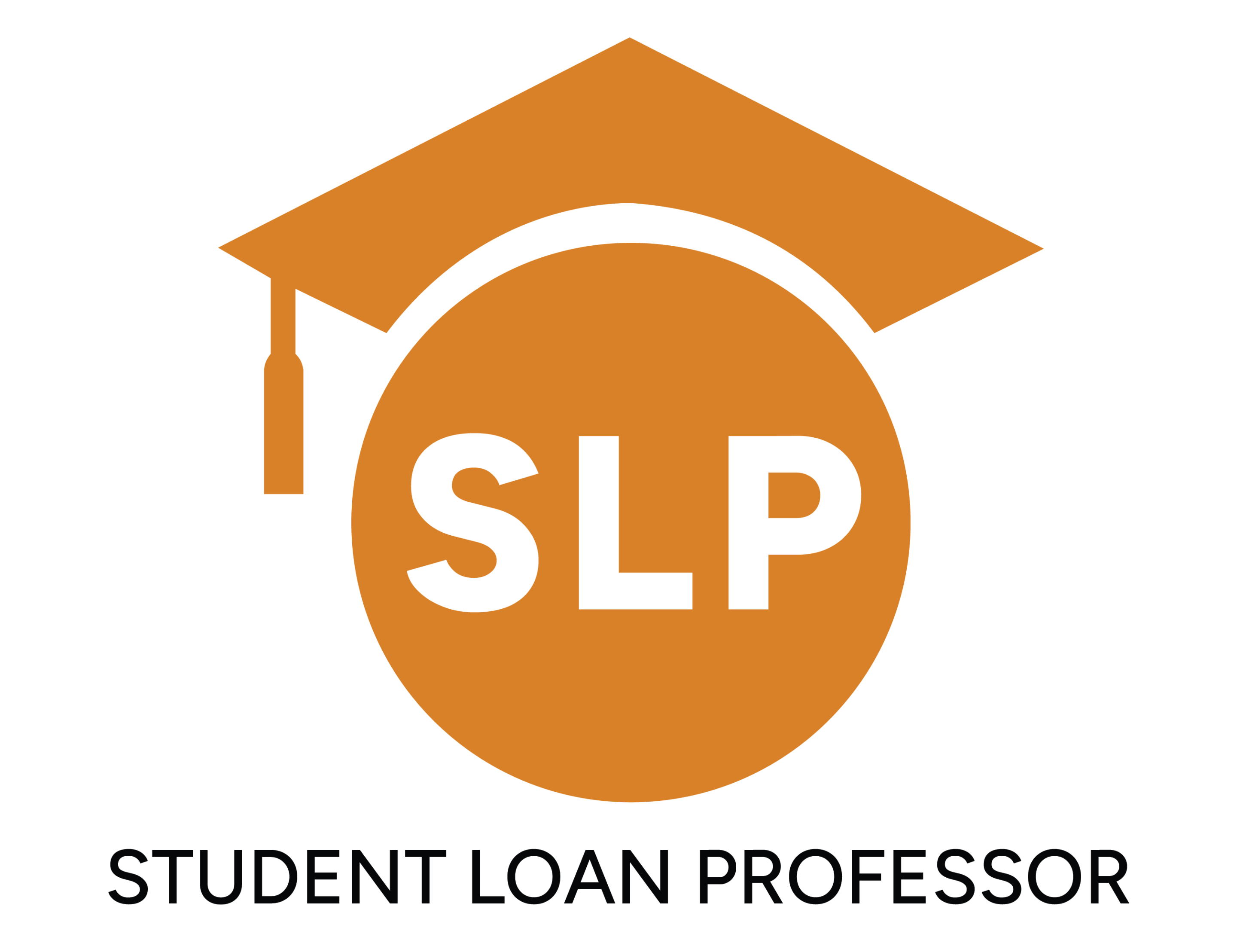In the wake of the Biden/Harris administration’s year-long loan on-ramp, millions of Americans are once again grappling with student loan repayment.
Whether you have federal or private loans, you may be wondering how to lower student loan payments. This article discusses seven ways to lower your payments and prevent loan delinquency.
Key Takeaways
- Federal loans have two categories of repayment plans you can choose to lower your payments: fixed and income-driven.
- Consolidation entails combining multiple federal loans into a single new loan. It can be an excellent way to lower your student loan payments.
- Deferring or putting your loan in forbearance lets you temporarily pause your payments. Interest won’t accrue when you defer it, whereas it will when in forbearance.
- Lenders typically offer an interest rate discount that can help you reduce your payment.
Seven Ways to Lower Your Monthly Student Loan Payment
There are several ways to lower your monthly student loan payments. While some are as straightforward as enrolling in a different repayment plan, others involve making major life decisions, like changing geography.
1. Change Repayment Plans
The Department of Education allows federal borrowers to switch from the 10-year standard repayment plan (which they’re automatically enrolled in) to alternative plans. These other repayment options can be categorized into fixed (which includes the standard plan) and income-driven.
Your options for fixed repayment plans include –
- Graduated Repayment: The graduated repayment plan lets you make lower payments initially before slowly increasing them every two years. It’s excellent for anyone who wants to lower their monthly payment and its 10-year repayment term lets you clear your debt faster.
Eligible loan types include Federal Direct loans (subsidized and unsubsidized), federal PLUS loans, Stafford loans, and a consolidation of them all.
- Extended Repayment: This repayment plan has a 25-year repayment period. You qualify for it if you have student debt over $30,000 or are a Federal Family Education loan borrower. Although it can help to lower your monthly payment, its repayment term can mean higher interest rates and an overall debt burden long-term.
Meanwhile, income-driven repayment plans account for your financial situation. The available options include:
- Income-Based Repayment: Under this repayment arrangement, you’ll pay 10% of your discretionary income for up to 25 years (formerly 15% before July 1, 2024). Excluding parent loans, most federal loans qualify for it.
- Pay-As-You-Earn (PAYE): The PAYE is an excellent alternative if your monthly income is on the low side. It caps your payments at 10% of your discretionary income and is open to Direct and PLUS loan borrowers (excluding parent PLUS loans). Consolidated loans also qualify as long as they don’t include parent loans.
Two more IDR plans exist, but they’re currently embroiled in legal trouble. They are the Saving on Valuable Education (SAVE) plan and the income-contingent plans. Learn more about them in our guide to student loan repayment options.
2. Consolidate Your Federal Loans
Student loan consolidation is an administrative process that combines multiple federal student loans into a single manageable loan. If you’re juggling multiple loan servicers, monthly payments, and interest rates, it could be an excellent way to kill two birds with one stone. You can use it to streamline your repayment process and lower your monthly student loan bill.
When you consolidate your federal loans, your new loan includes new repayment terms. Instead of the standard 10-year term you were originally enrolled in, you get 30 years to repay. This lengthy repayment period also involves a lower monthly payment.
However, student loan consolidation has one minor drawback: it includes a new fixed interest rate you’ll pay off for the 30 years stipulated in your loan agreement. The significance of this con is that while consolidation can help you reduce your monthly payment in the short term, it makes your loan more expensive long-term.
Thus, it’s best to get expert advice before leaping into federal loan consolidation.
3. Apply for Forbearance or Deferment
This method will appeal to borrowers who want to reduce their monthly payments to zero, albeit for a limited period.
Deferment and forbearance are temporary pauses on your student loan payments for up to three years. The difference between the two relief options lies in whether interest accrues during the pause: it doesn’t when you defer your loan (if it’s a subsidized one) but does when your loan is in forbearance.
There are several types of deferment applications you can make. Examples include:
- In-School Deferment: You can defer your Direct subsidized and unsubsidized loans and Parent PLUS loans while attending college. Interest won’t accrue on the subsidized loans.
- Unemployment Deferment: If you lose your job while paying off your loans, you can apply for unemployment deferment if you find it challenging to secure new employment.
- Economic Hardship Deferment: This deferment type is open to borrowers who are enrolled in a federal assistance program (e.g., Temporary Assistance for Needy Families).
- Cancer Treatment Deferment: The name says it all. Apply if you’re diagnosed with cancer while repaying and are undergoing treatment.
Likewise, there are two forbearance types, namely:
- General Forbearance: You can apply for this forbearance if you don’t find a deferment type you’re eligible for. The typical grounds for its granting include difficulty making payments, job loss, and medical expenses.
- Mandatory Forbearance: Your student loan can be put into mandatory forbearance if you meet specific criteria. Examples include being a medical professional in residency or serving in the military (specifically AmeriCorps).
Given a choice between deferment or forbearance, it’s best to choose the former if you’re in financial dire straits. However, your ability to choose at all will depend on whether you meet the eligibility criteria.
4. Sign Up for Automatic Payments
Federal and private lenders offer discounts to incentivize automatic payment sign-ups. If you haven’t done so already, it’s worth setting up automatic debits from your bank account to get a discount on your student loan interest charges.
At the time of writing, the going discount rate for federal and private loans is 0.25%. At first glance, this reduction may seem paltry, but it can amount to modest savings in the long run. Keep in mind that there’s nothing stopping you from combining this payment reduction method with any of the others discussed.
Thus, automatic payments serve as a low-effort way to reduce your student loan payments on their own, and a quick way to cut costs when combined with other methods.
5. Refinance Your Private Student Loans
Student loan refinancing is like consolidation, but with two key differences:
- A private lender does the combining of multiple student loans into a single new private loan; and
- Unlike consolidation – which only lets you combine multiple federal loans – refinancing lets you combine a mixture of federal and private loans.
- You may need a cosigner to help your refinancing application succeed.
Like consolidation, you get one new loan agreement with fresh terms after refinancing your loans. Depending on the terms you’ve agreed to, you can have a lower monthly payment, lower interest rate, and longer repayment term.
Refinancing has a drawback worth noting: when you refinance your federal loans, you convert them into a private one. In other words, you give up the opportunity to participate in federal loan forgiveness programs.
Thus, it’s best to seek expert advice regarding whether this payment-lowering method is suitable for your current situation.
6. Find a Job That Helps You Pay It Off
Companies are increasingly offering assistance with student loan repayment to attract prospective employees. For example, Google provides up to $2,500 in repayment assistance annually to help its US-based employees pay off their student loans faster.
Thus, if you’re considering changing jobs, you could ask prospective employers whether they offer a similar program.
7. Move to a Different State
Lastly, you could try moving to a different state to lower your student loan payments.
Many US states offer federal student loan borrowers repayment assistance to professionals in specific fields.
For example, the state of New Hampshire has a student loan repayment program aimed at:
“healthcare professionals working in areas of the state designated as being medically underserved and who are willing to commit and contract with the state for a minimum of 3 years (or two if part-time).”
The eligibility criteria for each program may vary from state to state, as will the funds each one allots from its annual fiscal budget. However, this method can be an excellent way to keep money in your pocket while acting on any plans you have to move.
It’s worth mentioning that your ability to use this option will depend on factors like your current income, the target state’s cost of living, and your earning potential there.
Get the Expert Advice Required to Lower Your Student Loan’s Monthly Payment
With multiple ways to lower your student loan payments, you don’t have to decide between repaying and meeting your monthly expenses. However, choosing the right method isn’t always easy, especially when you’re short on time and trying to ward off impending loan delinquency.
That’s where StudentLoanProfessor can help. Our team of experts is always willing to help you find the best repayment methods available. Contact us today to get expert advice that suits your needs.
Brandon Barfield is the President and Co-Founder of Student Loan Professor, and is nationally known as student loan expert for graduate health professions. Since 2011, Brandon has given hundreds of loan repayment presentations for schools, hospitals, and medical conferences across the country. With his diverse background in financial aid, financial planning and student loan advisory, Brandon has a broad understanding of the intricacies surrounding student loans, loan repayment strategies, and how they should be considered when graduates make other financial decisions.



![Our Honest Thoughts On Aidvantage Student Loans [For 2025]](https://www.studentloanprofessor.com/wp-content/uploads/2024/10/SLP_fallback_2-no-logo-400x250.jpg)

